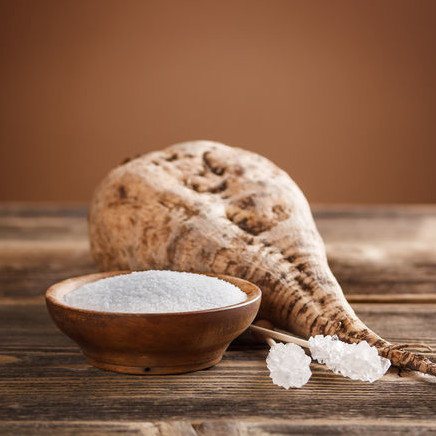Many baking guides specify either beet sugar vs cane sugar, depending on the desired outcome.
Many baking guides specify either beet sugar vs cane sugar, depending on the desired outcome.
Blog Article
Comprehending the Nutritional Conveniences of Beetroot Sugar Vs Cane Sugar for Wellness Conscious Customers
When taking a look at the nutritional ramifications of beet sugar versus walking cane sugar, health-conscious consumers find that both selections primarily are composed of sucrose and deal similar caloric worths, each adding around 16 calories per teaspoon. Regardless of this similarity, neither type confers significant health and wellness advantages, as they are lacking vital nutrients. Checking out the broader effects, consisting of environmental factors to consider and lasting health results of sugar usage, could brighten extra nuanced differences between these two sugars.
Nutritional Profile and Caloric Worth of Beetroot Sugar and Walking Cane Sugar
Although both beet sugar and walking stick sugar are mainly made up of sucrose, their dietary accounts and calorie values are extremely comparable. Each gives around 16 calories per teaspoon and consists practically entirely of carbs, with marginal amounts of protein or fat. These sugars likewise do not have significant amounts of vitamins or minerals. The improvement process remove many of the fundamental nutrients, rendering both types almost similar in terms of nourishment. There are trace distinctions in the impurities that stay after processing, which can a little impact the taste and color of the sugars, yet these are negligible in regards to wellness influence. For consumers concentrating on nutritional effect, the choice in between beetroot and cane sugar is much more regarding personal choice or possible environmental issues instead of dietary differences. Both need to be consumed in moderation within a balanced diet regimen as a result of their high caloric web content and lack of important nutrients (beet sugar vs cane sugar).
Ecological Influence and Sustainability of Sugar Manufacturing
While the dietary differences between beetroot sugar and walking cane sugar are marginal, their production processes offer even more considerable differences, specifically in regards to environmental influence and sustainability. Walking stick sugar production commonly includes substantial land usage and deforestation, which adds to environment devastation and biodiversity loss. This agriculture is also connected with high water usage and water pollution due to the overflow of pesticides and plant foods. On the other hand, beetroot sugar manufacturing typically calls for less land and can be cultivated in more temperate climates, which might lower the demand for watering and the involved water source deficiency.
Nevertheless, beetroot growing is not without its ecological difficulties; it includes considerable energy inputs, particularly he has a good point in the northern environments where it is expanded, due to the demand for longer home heating periods in sugar handling. Both sugar beetroot and sugar walking cane industries are checking out much more lasting techniques, including crop turning, chemical-free farming, and enhanced waste management techniques to mitigate these effects.
Health Effects and Recommendations for Sugar Consumption
Despite their marginal nutritional distinctions, both beetroot sugar and walking stick sugar can have destructive health effects when consumed over. High intake of either type of sugar adds to a variety of health issues, consisting of obesity, type 2 diabetic issues, and heart problem. Both sugars are pure sucrose and offer no vital nutrients apart from calories, leading to rapid spikes in blood glucose levels upon usage.


Conclusion

Report this page